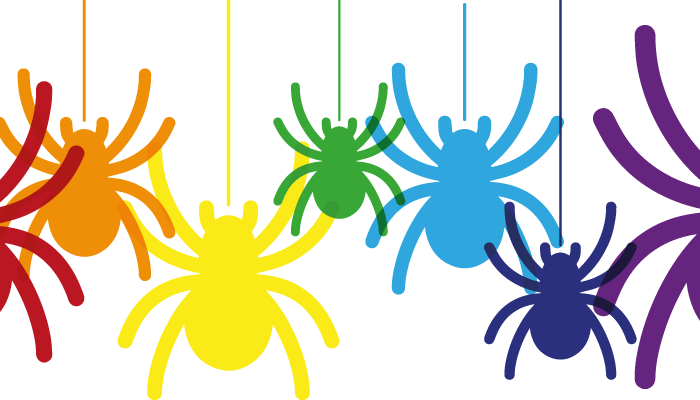Offering an alternative to conventional analgesics, newly published research suggests that two compounds derived from the venom of the Venezuelan Pinkfoot Goliath tarantula could be useful in managing pain associated with irritable bowel syndrome (IBS) (1).
IBS affects up to 11 percent of the world’s population (1). Symptoms include constipation and/or diarrhea, and abdominal pain, which can be severe. NSAIDs and opioids have been tested as pain management solutions, but have proved ineffective for most patients.
“Historically, treatments for IBS have focused on trying to normalize the effects of the condition on gastrointestinal motility, but this has had little effect on visceral (internal organ) pain” says Stuart Brierley, a professor at Flinders University, Australia, and the project’s co-lead, adding: “Furthermore, opioids cause constipation, which poses significant problems for patients who already suffer from it. These types of drugs also fail to target both the gastrointestinal tract and the nerves that send pain signals from the gut to the brain.”
The team chose to investigate tarantula venoms based on earlier studies that indicated their potential for blocking specific ion channels involved in visceral pain. “We screened a broad range of spider venoms using high-throughput sodium channel assays,” says Richard Lewis, a professor from The University of Queensland’s Institute for Molecular Bioscience and co-lead on the project. “Our study identified two novel peptides in the venom of the Venezuelan Pinkfoot Goliath tarantula that block Nav1.7 – a sodium channel ion expressed in pain-sensing neurons.”
The researchers also found that the spider venom-derived compounds were capable of inhibiting calcium channel pain targets, including Cav3.2. According to Lewis, this combination “was particularly useful in reversing IBS pain.” Next, the team hopes to optimize the structure of the compounds to improve their activity at pain targets and reduce side effects.

References
- FC Cardoso et al., Pain [Online ahead of print] (2020). DOI:10.1097/j.pain.0000000000002041




